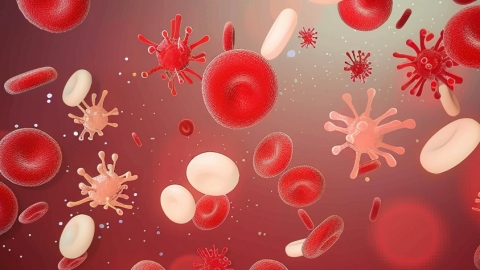What is the normal level of hepatitis B surface antigen?
Under normal circumstances, the reference value for hepatitis B surface antigen (HBsAg) is negative. The specific numerical criteria may vary slightly depending on the testing method used, but generally, a value less than 0.05 IU/mL or less than 1 S/CO is considered normal. If there are any concerns, it is recommended to seek medical advice in advance. Detailed analysis is as follows:

When using chemiluminescence for testing, the normal value is generally less than 0.05 IU/mL. A value exceeding this threshold is considered positive, suggesting possible infection with the hepatitis B virus. This testing method has high sensitivity and can more accurately reflect the presence of the virus, making it widely used in clinical practice.
When using enzyme-linked immunosorbent assay (ELISA) for testing, a normal result is expressed as negative, with a numerical value generally less than 1 S/CO. A value greater than or equal to 1 S/CO is considered positive. Some laboratories may make slight adjustments depending on the reagent batch used, so it is important to refer to the reference range indicated on the test report.
Test results should be interpreted in conjunction with other hepatitis B markers, liver function tests, and viral load measurements. A conclusion should not be drawn based on a single value alone. If the test results are abnormal, it is important to visit a reputable hospital promptly, follow medical advice for further evaluation, and avoid self-interpreting the report or using medications blindly.






